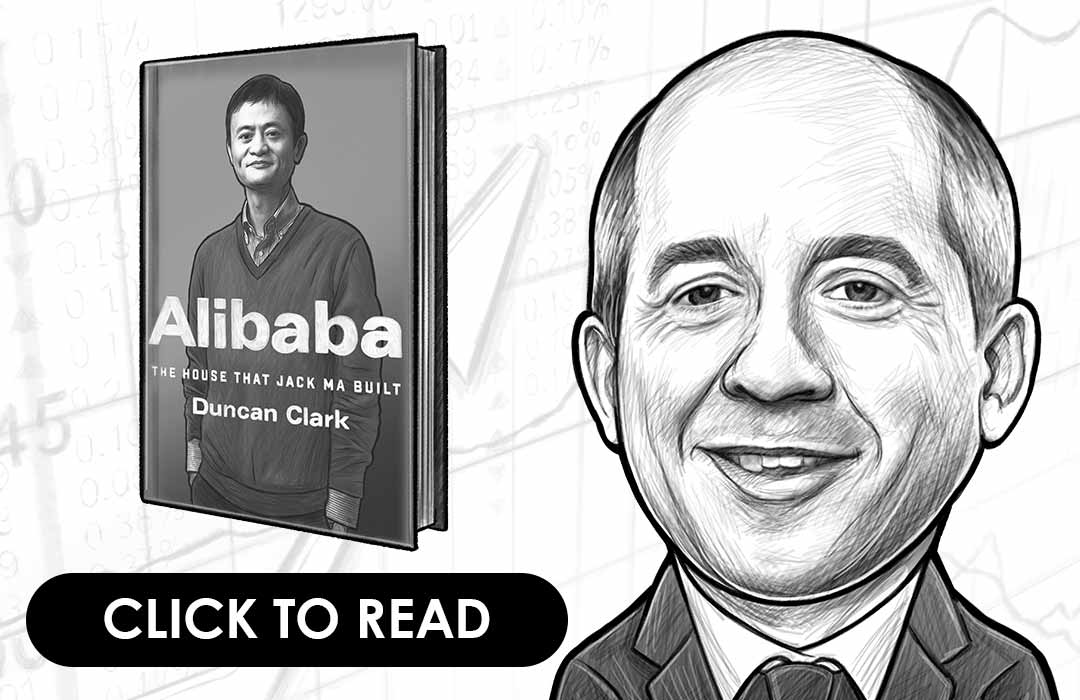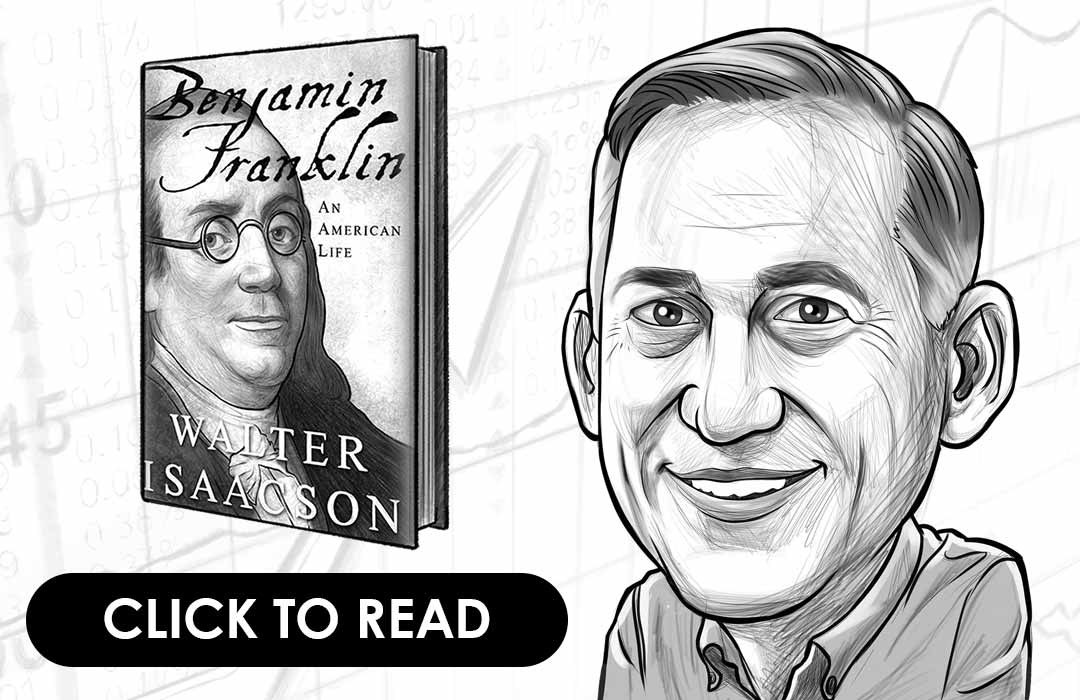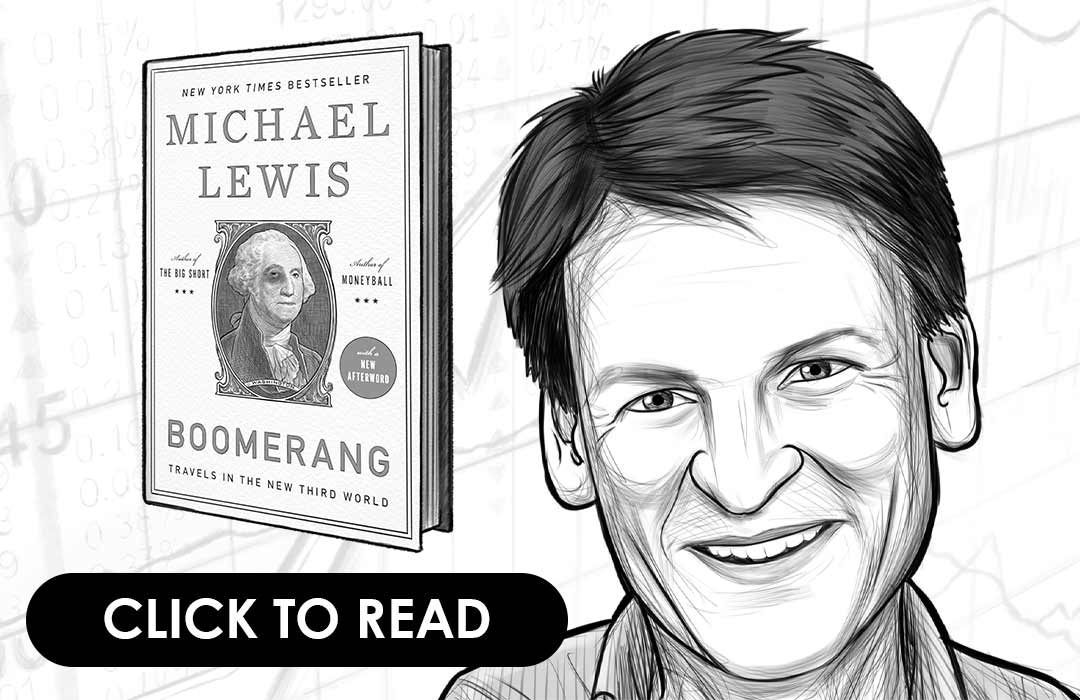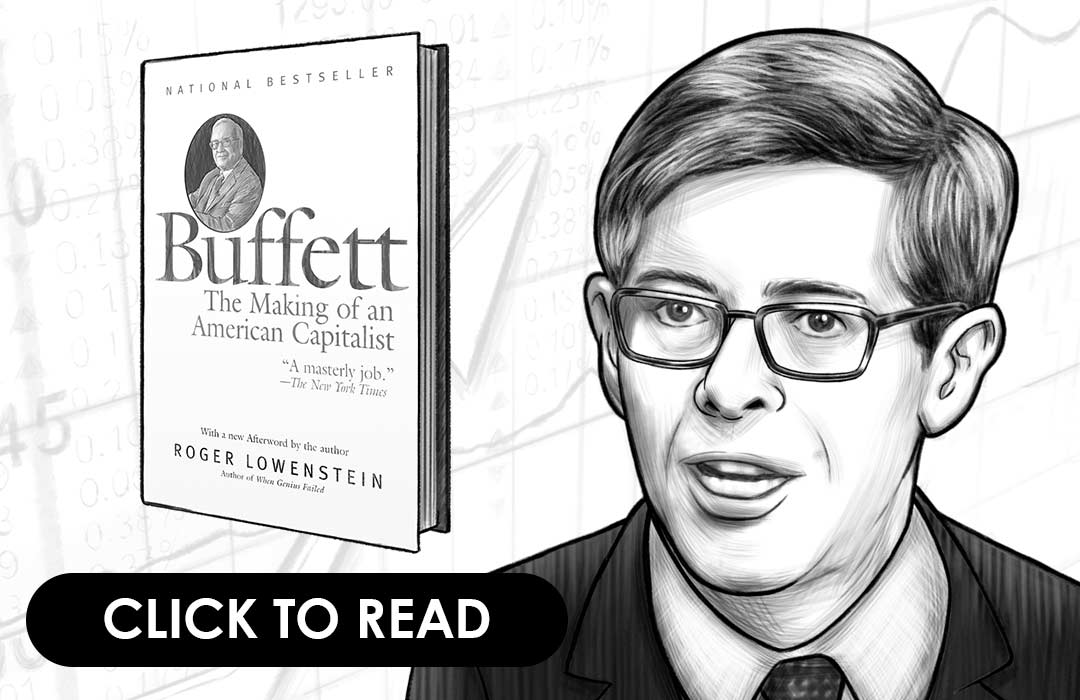An Executive Summaries Of The Innovator’s Dilemma
When New Technologies Cause Great Firms To Fail By Clayton Christensen
WHO IS CLAYTON CHRISTENSEN?
Clayton Christensen, a professor at the prestigious Harvard Business School, has written many books that have become best sellers. Out of his seven books that have created quite a buzz worldwide, Clayton is most famous for his Innovator series that includes the Innovator’s Dilemma, the Innovator’s Solution, and Disrupting Class. Clayton has created a niche for himself in the financial world. Learn what causes dilemmas in innovators with this book: The Innovator’s Dilemma.
PRESTON AND STIG’S GENERAL THOUGHTS ON THE BOOK
This book contains some interesting reflections for leaders in the technology industry. The main point from this book is that business leaders often approach the investment in innovative technologies the wrong way. Instead of providing a strong leader with the right tools and a team that can tackle the emerging market as a new business entity, most companies simply push their existing cultures and ways of doing business into the new division. Christensen argues the new technology should be approached as a new business unit. This is business 101 and not anything new, however, I feel that Christensen does a great of coming up with simple examples and actionable strategies of how to apply this in practice. The book doesn’t have a broad appeal, as its likely most applicable to those leaders with the capacity to allocate resources within big companies.
PREFACE
The Innovator’s Dilemma is a classic book that explains why some companies fail even when they have tasted enormous success. At the heart of his research, Christensen had many questions and the answers surprised him, thus making him delve deeper into “disruptive technology.” This book is about how a successful, profitable company stays afloat without being affected by newer companies that could become a serious threat in the future. In addition, this book isn’t about the failure of normal companies, but it delves into why good companies fail. According to Christensen, companies that are organized and well-managed fail sometimes even when they pay attention to minute details. Perhaps, the problem begins when the companies start focusing too much on the customer and neglect new technologies. Christensen illustrates how deadly this approach can be.
Understand the financial markets
in just a few minutes.
Get the daily email that makes understanding the financial markets
easy and enjoyable, for free.
CHAPTER 1: HOW CAN GREAT FIRMS FAIL? INSIGHTS FROM THE HARD DRIVE INDUSTRY
Christensen analyses why big firms fail in this chapter. In particular, the history of disk drives is studied in detail here and it’s clear that the history of innovation displays several patterns. While the first pattern shows that disruptive innovations were pretty straightforward technologically, the second pattern showed firms coming up with new technologies that were difficult although they weren’t disruptive. The third pattern, however, shows that even though some established firms showed their prowess as leaders in sustaining innovations, they weren’t the incumbent leaders of disruptive technologies because the firms that were adopting radical, disruptive technologies were actually new players in the market.
This goes to show that although leading firms beat the new players at sustaining innovations, they lost when it came to disruptive innovations. For example, industry leaders in mainframes were at a loss when PCs dominated the market. The hard disk drive industry has seen major upheavals over time and many firms focused on listening to the customer while investing heavily in research. While the capacity of disk storage increased, the very cost per megabyte of storage decreased and about 109 firms out of 129 firms failed miserably from 1980 to 1995! Well managed firms actually base their products according to the customer’s needs and invest in order to produce higher yields but they often fail with disruptive technologies and this in itself is an Innovator’s Dilemma.
CHAPTER 2: VALUE NETWORKS AND THE IMPETUS TO INNOVATE
Any organization founded to reflect several components of its various products suffers from the inability to adapt, develop or even accept new products in the market. Organizations that develop skills required for one particular product eventually stumble when the skills acquired prove to be useless in a new product. The value of the company is defined by its culture and the value network works as a commercial system that is nested. As most firms gain experience within its network, they also develop capability and organizational structure while the culture is tailored according to the value network’s requirements.
Several organizations were front runners in the disk drive market and while the performance of the disk drive was measured in terms of its speed, capacity and reliability by the IT industry, PC manufactures focused on its power consumption, ruggedness and size. Essentially, disruptive technologies are developed right within successful firms. When marketing managers come up with the polls of the customer, existing products are improved, but as new companies begin to form and develop newer products, they begin to move successfully. Sometimes, it’s just a little too late for even established firms to jump into the bandwagon.
CHAPTER 3: DISRUPTIVE TECHNOLOGICAL CHANGE IN THE MECHANICAL EXCAVATOR INDUSTRY
This chapter explains how disruptive technology uprooted established companies, especially the ones in the industry of mechanical excavators. Traditionally, companies developing mechanical excavators used earthmoving equipment that was powered by steam and engines powered by gasoline later replaced these. However, the introduction of mechanical excavators powered by hydraulics came as a major disruptive change and the leaders in the industry were left unprepared for the gigantic change that also allowed new players to enter the market.
In addition, disruptive technology was better because It worked faster and was certainly more efficiently. It also helped to reduce costs significantly, making them very reliable. As this was considered sustainable, about 23 of the 25 companies who manufactured steam shovels made a transition to shovels that were powered by gasoline. By 1928, diesel and electric motors caught up with the shovel technology and about 4 out of 30 companies made the transition. Later, hydraulics seemed to make a major change and new comers in the market grabbed this opportunity to advance further. The major players of the industry were a little too late to adjust to this change and failed, thereby proving the fact that established firms fail when they confront disruptive technology, even when they have a well‐managed company and listen to their customers.
CHAPTER 4: WHAT GOES UP, CAN’T GO DOWN
This chapter explores how leading companies that move easily to high‐end markets face difficulty when they have to move down to low-end markets. Primarily, the very image displayed by the company, including their financial performance, works against them in such situations. In addition, factors such as the promise of a higher margin, movement of the customers to higher-end markets, and issues of cutting costs while transitioning to low-end markets creates a vacuum and attracts companies with well‐managed technology and structure. In simplicity this can best understood in that as a company you either have a competitive advantage from a high cost structure (selling higher margin products), or a low-cost product (sold at a low price with high volume). Having both technologies in the same company might cause the company to lose that core advantage to be placed in the high segments that all processes are geared toward.
This “northeastern pull” can also be seen in the history of disk drives and the battle between integrated steel companies and minimills. Both work the same way, but in 1995 it was apparent that while integrated mills demanded 2.3 hours of labor, minimills required only 0.6 hours. It took about $400M to construct a minimill but a whopping $6 billion was required for integrated steel mills; however, none of the integrated mills switched over and yet, they saw high amounts of profits because they focused on the premium sectors of the market, thus marching into the northeast corner that was definitely profitable.
CHAPTER 5: GIVE RESPONSIBILITY FOR DISRUPTIVE TECHNOLOGIES TO ORGANIZATIONS WHOSE CUSTOMERS NEED THEM
A company usually tries to satisfy several entities including the investors and customers who remain outside the firm. Typically, if the organization doesn’t meet the requirements of customers, and don’t provide services and products, they will eventually starve themselves out of profits and fail. Christensen talks about the Resource Dependence Theory that states that the customers, albeit external forces, wield more power on the company than the staff themselves. In this situation, managers who want the company to adopt disruptive technologies might find it very difficult to convince them, but if the company uses the process of resource allocation that organizes and helps to weed out disruptive innovations that might not be very helpful to the customer, it might work for the company.
Disruptive technologies that don’t collect substantial profits can also be terminated but most of the decisions required to be made for this process occurs at a non-executive level, where they know exactly what the customer wants. In order to harness this effective principle, one must offer responsibility of disruptive technologies to only the organizations where the customers require them. A separate independent company can also be set up to commercialize these disruptive technologies. Leadership plays a very important role in disruptive technologies. Christensen find that an independent executive team is typically better suited for specifically handling disruptive technologies in another business unit.
CHAPTER 6: MATCH THE SIZE OF THE ORGANIZATION TO THE SIZE OF THE MARKET
Managers who encounter disruptive technologies will be more successful if they assume the role of a leader, instead of being a follower. While it is desirable in sustainable technologies, it becomes fatal when you become a follower in disruptive technologies. Moreover, being a leader in disruptive innovations only creates more value. But, successful companies just become followers in disruptive markets because these innovations usually occur in markets that are insignificant.
If you look at the history of disk drives, it is evident that it’s better to create new markets rather than entering markets that are already established, considering the immense competition. As time goes on and companies become more successful and competent, it becomes even more difficult to foray into emerging markets. Therefore, in order to harness this very principle, they must develop their technologies in organizations that match the size of the market they want to target. Management should care about the order. A $1B company will not have the same enthusiasm and eager to build a relationship with a $1M customer compared to a $10M company.
CHAPTER 7: DISCOVERING NEW AND EMERGING MARKETS
Generally, with sustaining technologies, well-laid plans are made well before any action is taken. This is easily done because predictions can be accurate and one can even reply on the inputs supplied by the customers, thereby making it a great formula to achieve success. However, with disruptive technologies, one has to take action prior to making any plans since the plans serve as a means of implementation rather than learning. This can simply paralyze any firm if anything goes wrong.
Disruptive technologies are in the territory of the unknown, but firms can utilize the agnostic marketing strategy to combat against their issues. Basically, agnostic marketing is a method of marketing that’s based on the assumption that neither the manager nor the customer can predict how, what, or why disruptive products are used before they gain experience using it. In order to address this situation, mangers who confront disruptive technologies must get out of their comfort zone and gather knowledge about new applications and customers through discovery-driven tactics.
CHAPTER 8: HOW TO APPRAISE YOUR ORGANIZATION’S CAPABILITIES AND DISABILITIES
Organizations are defined by the resources, processes and values they have. Apart from their resources, organizations also have their capabilities to build and move forward with their businesses. While managers hire several people to work in such organizations, it is important for such managers to be skilled enough to choose the right people for the right work. Needless to say, managers must be capable of not only choosing people, but they should also train and motivate the employees for the organization to succeed consistently. This becomes even evident when disruptive technology might enter the product line. If the core value of the organization does not match that or the product you are asking for trouble. Management might give directions but employees will unconsciously allocate resources toward product align with the core values.
According to Christensen, three classes, namely the resources, process and the values (RPV) determine what any organization can or can’t do.
- Resources – Resources, including the people, technology, equipment, brands, designs and cash are the visible factors that contribute towards the development of any company.
- Processes – Processes are patterns of several elements including the coordination, interaction, decision-making and communication that help transform resources into products for improving the growth.
- Values – Values are the criteria that determine the priorities of decisions. Usually, successful firms can be seen evolving in a predictable manner in at least two ways. The first has to do with the gross margins. When businesses continue to thrive, profits that were spectacular at one point could seem insignificant over a period of time. The second factor has to do the size. Opportunities that seem excellent for small organizations might seem very small and worthless for bigger companies, thereby making it obvious that it becomes very difficult for big players to enter small markets.
CHAPTER 9: PERFORMANCE PROVIDED, MARKET DEMAND, AND THE PRODUCT LIFE CYCLE
When an oversupply in performance occurs, it offers an excellent opportunity for disruptive technologies to emerge and invade successful markets that are at the lower end. Performance oversupply changes the competition in the market through four dimensions namely functionality, convenience, price and reliability. Ironically, the very attributes that declare disruptive products useless in mainstream markets are considered to be extremely strong in new and emerging markets. Moreover, disruptive technologies are usually simpler, user friendly and cheaper to use than other products that are already established and successful.
When firms counter disruptive technologies, they normally try to improve it in the hopes that it fits the markets where they are strong. However, firms become successful when they try to find markets that embrace disruptive technologies, thereby working on them as marketing challenges.
CHAPTER 10: MANAGING DISRUPTIVE TECHNOLOGICAL CHANGE: A CASE STUDY
This chapter uses the principles used in earlier chapters to throw some light on how managers succeed when they face disruptive challenges. A case study of the electric automobile makes it obvious to understand that the market for major automakers has diminished. Innovators have to first figure out a few things including the requirements of the customer and also the niche where they want to target it. They can then go on to develop their brand-new distribution model.
In order to determine whether the technology is disruptive, one will have to study the market behavior closely, rather than depending on interviews. Managers will also have to plot the performance of the market and if it’s seen exceeding the capacity of the new technology, it could be disruptive. Additionally, if the improvement in the performance of the new technology is tracked over time, it could be disruptive if you find out that it’s growing faster than the performance of the market.
Understand the financial markets
in just a few minutes.
Get the daily email that makes understanding the financial markets
easy and enjoyable, for free.
CONCLUSION: A COMPLETE SUMMARY
In this segment, Christensen outlines all the key points outlined in the book.
- The progress of the market is separate from the progress of technology and customers don’t always know what they require.
- Innovation demands the allocation of resources and this is very difficult to achieve in disruptive technologies.
- Disruptive technologies require newer markets and old customers become less relevant.
- Many firms have very narrow capabilities and disruptive technologies demand different capabilities.
- Knowledge required in order to make educated investment decisions don’t exist. One has to fail and learn.
- It’s never wise to always be a follower or a leader. Disruptive technologies usually favor the leader.
- Small firms benefit from disruptive technologies as it serves as a protection. The major industry players rarely understand the operations of small entrant firms.







